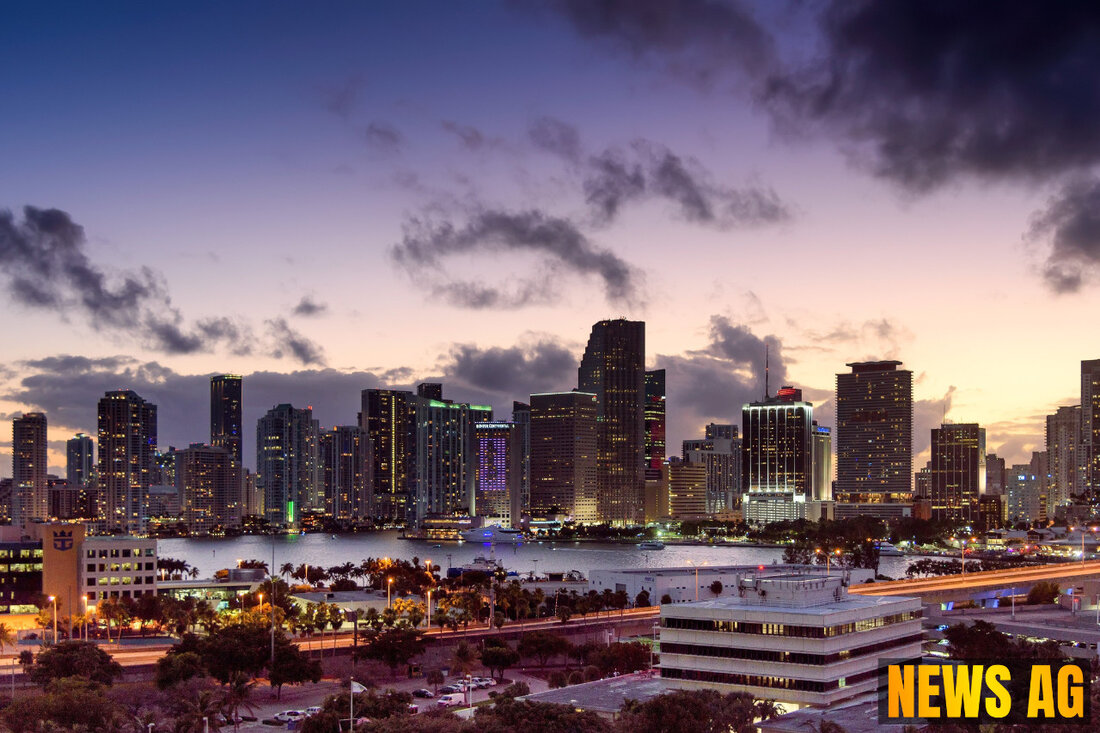Juneteenth: Celebrating Freedom and Resilience Since 1866!

Galveston, Texas, USA - Juneteenth, a deeply significant holiday in the United States, embodies the end of an era marked by the inhumane practice of slavery. Celebrated annually on June 19, it commemorates the day in 1865 when Major General Gordon Granger arrived in Galveston, Texas, accompanied by 1,800 Union troops. Upon his arrival, he issued General Order No. 3, which declared that all enslaved people in Texas were free. This momentous declaration ensured „absolute equality“ for individuals who had long been denied their fundamental rights. So, how did we get here?
In a remarkable shift, this order was communicated through handbills and newspapers, allowing the news of freedom to spread well beyond the confines of Galveston. The celebrations around Juneteenth began shortly after, reflecting both the burdens and resilience of surviving former enslaved people. Initially, these gatherings often took place under the threat of violence from groups such as the Ku Klux Klan, which was established in Texas in 1868. Nevertheless, community barbecues and gatherings became a popular way to celebrate newfound freedom and build solidarity.
Historical Roots of Juneteenth
The significance of Juneteenth is firmly rooted in the aftermath of the Emancipation Proclamation, which President Abraham Lincoln issued on January 1, 1863. While the proclamation declared freedom for enslaved individuals in Confederate states, it didn’t result in immediate liberation. The enforcement of these measures depended heavily on Union troop presence, a crucial detail that allowed slavery to persist in Texas even after General Lee’s surrender. In fact, the enslaved population in Texas grew from about 182,000 in 1860 to around 250,000 by 1865, owing to enslaved individuals fleeing their enslavers.
General Order No. 3 went further than simply announcing freedom; it emphasized equality in personal and property rights between former masters and the newly freed individuals. The order advised the freedmen to remain at their homes and work for wages, making it clear that idleness would not be entertained. As such, newly freed individuals had to navigate their new status and decide whether to stay on plantations or seek work in urban centers. They had a great deal on their minds as they faced a new world and took steps toward asserting their rights as citizens.
Celebrations Through the Years
Juneteenth became an official holiday nationwide in 2021, but its roots stretch back to 1866 in Texas, where the celebrations began. Over the years, as communities gathered to commemorate this landmark, the essence of the holiday evolved alongside the ongoing struggle for civil rights. The concept of freedom shifted as the ex-slaves engaged in active fights for their rights, reshaping what citizenship meant not just for them, but for future generations.
The Dallas Historical Society is showcasing an important piece of this history as they prepare to display an original handbill related to General Order No. 3 starting June 19. This handbill is part of George Bannerman Dealey’s collection, and it showcases how the news of freedom was disseminated at the time. The National Archives also houses the official handwritten record of this pivotal moment—the General Order No. 3. As these pieces of history come to light, they remind us of both the struggle for freedom and the resilience that prevails.
As we continue to celebrate Juneteenth, it’s vital to understand not just what this day signifies, but also the struggles that underpinned this shift towards equality. Today, Juneteenth stands as a testament to the journey towards liberation and the ongoing fight for all forms of equality. Let’s remember, as we celebrate, the importance of community resilience and unity.
| Details | |
|---|---|
| Ort | Galveston, Texas, USA |
| Quellen | |
